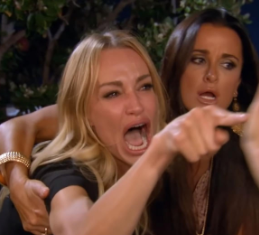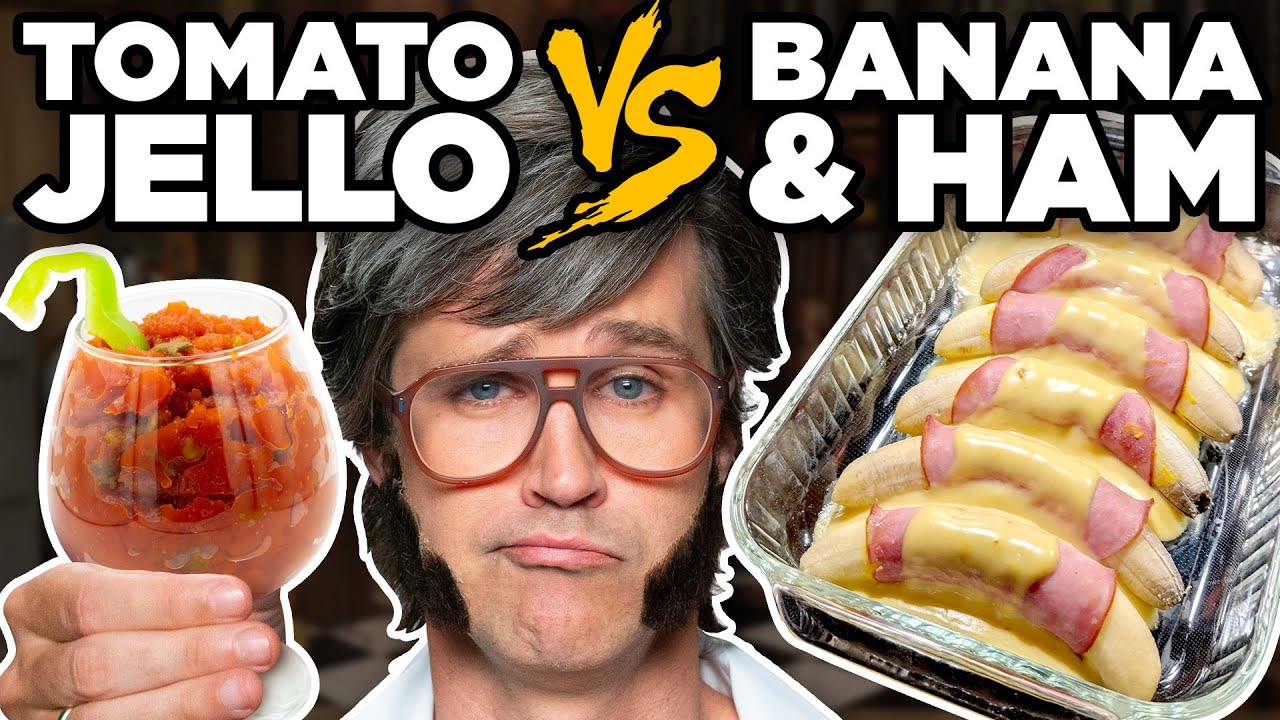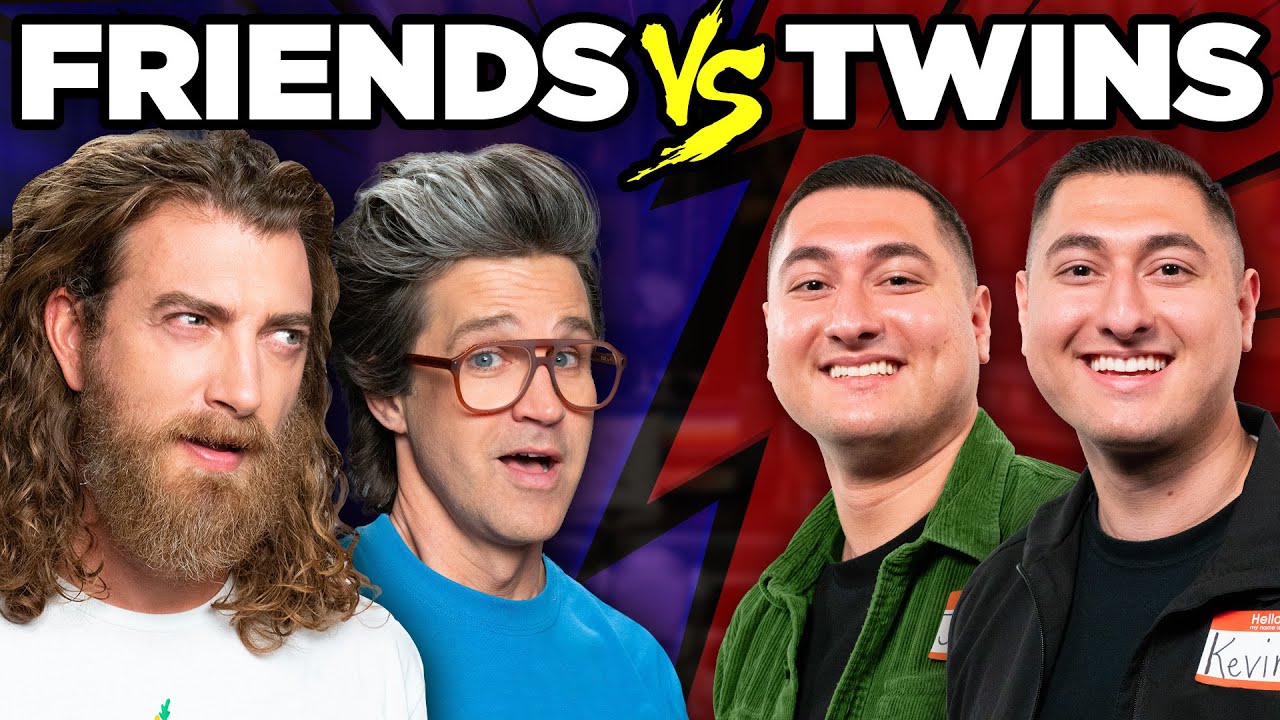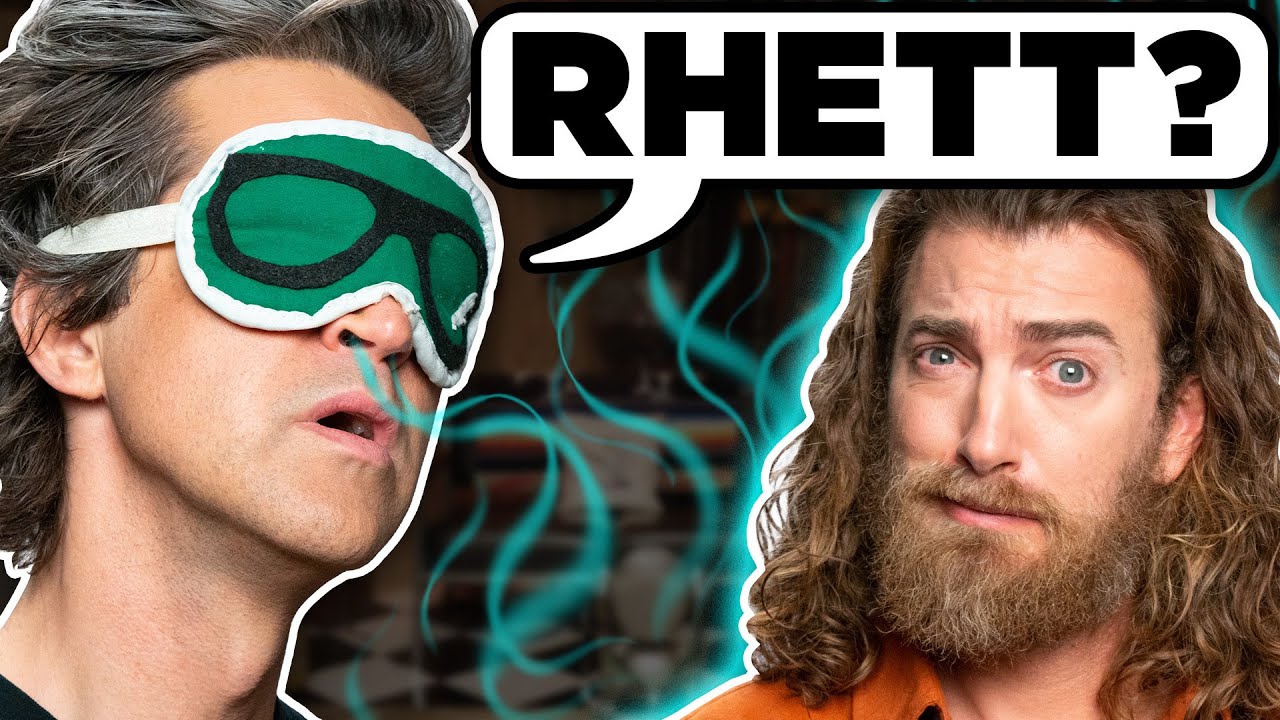Wintry
Just another Reddit refugee.
- 28 Posts
- 3 Comments

 0·1 year ago
0·1 year agoThe Stabbings, Shootings and Bombings
The worst things about WoW during these years happened off screen. Some of them got pretty grim. I felt the need to include them.
World of Warcraft made headlines in July 2012 when an argument over the game in an Ontario neighbourhood ended with one man being stabbed in the chest. You can view the wound here (NSFW). The attacker, Justin Williams, was having an enraged argument with guildies over his headset. Jordan Osborne visited to see what was going on, and tried to de-escalate the situation.
“I was telling him, there is no need for you to be freaking out about ‘World of Warcraft.’ It’s just a game,” Osborne told QMI.
Williams responded, “It’s not just a game, it’s my life.” He then assaulted Osborne, grabbing him by the throat, punching him in the face, and stabbing him in his sternum.
‘I was sitting in my house today thinking I could be dead - and it’s all over a World of Warcraft game. It’s true, it takes over your life.’
Osborne was taken for treatment and made a full recovery. He later told the ‘Peterborough Examiner’, “'The doctor said he could fit his whole finger in my chest.”. Williams faced arrest and was charged with ‘aggravated assault with a weapon’.
This wasn’t the first instance of violence attributed to WoW. There was the 2006 suicide of Zhang Xiaoyi (read Part 1 for more on this), the 2010 rape and murder of Kimberly Proctor, and another instance that same year in which a man choked out his mother, threw his son, and was shot in the head by his grandfather during a drunken World of Warcraft marathon.
The game had already earned its reputation for inspiring extreme and sometimes violent behaviour. But it wasn’t until 2012 that the global media began to question the effects of World of Warcraft in greater depth. Not because of the stabbing of Jordan Osbourne, though that didn’t help. But because of something much more severe.
On 22 July, just a week after the Ontario incident, a Norwegian man named Anders Behring Breivik detonated a van bomb in Oslo, right next to the Regjeringskvartalet - a collection of government buildings. 8 people were killed. By the time the dust settled, he was halfway to the island of Utoya, where a summer camp was taking place for the Worker’s Youth League, a political group associated with the Norwegian Labour Party. Breivik proceeded to hunt down and kill 69 participants, most of whom were children. 318 people were injured. It paralysed Norway. The deadliest lone-wolf attack in history would come as a shock to any country, but Norway was one of the most peaceful, prosperous nations in the world. This was unimaginable.
As more information surfaced, the world scrambled to draw a profile of the perpetrator. Breivik had them covered. He had taken a leaf out of the Unabomber’s book and distributed a number of texts called ‘2083: A European Declaration of Independence’. Long story short, he was your standard far-right fascist wannabe. His shitty little book would inspire murderers for years to come.
Among other things, he attributed his success to World of Warcraft.
Breivik said in court, “Some people dream about sailing around the world, some dream of playing golf. I dreamt of playing World of Warcraft.”
Breivik professed to playing the game non-stop (as much as 16 hours a day at points), describing it as a ‘martyr’s gift’ to himself, and using it as a smokescreen to mislead his mother while he planned his attack. Researchers found he had led three guilds, all of which focused on hardcore raiding. He played a human female mage named ‘Conservativism’ and a tauren female druid named ‘Conservative’, though his main was called ‘Andersnordic’. When the prosecution displayed a picture of his character in court, Breivik smiled.
He made multiple attempts to distance himself from the game, perhaps because he felt it damaged the ‘legitimacy’ of his message, but it was gradually becoming clear how core World of Warcraft had been to his identity.
“I know it is important to you and the media that I played this for a year,” he told the court in response to Mr. Holden’s questions. “But it has nothing to do with July 22. It is not a world you are engulfed by. It is quite simply a hobby.”
Breivik would occasionally post on the forums. In one reply, he defended a Scandinavian cyberbully who he said ‘works against the Islamisation of Sweden’. The news shook the WoW community to its core, especially on the servers he had played (Silvermoon-EU and Nordrassil-EU). Players reacted with horror and disgust.
Some of his past guildies discussed their relationships with Breivik, which gave an insight into what he was like as a person.
My memories of Anders are very good, and the atrocity was so incredible that I suppose I simply refused to see the pictures as Anders at first.
One of the replies was from a fellow Norwegian.
This is surrealistic, as an Norwegian it is hard to even comprehend what he has done and even harder to fathom his motives. The killer portraited in our news papers and on television seems so far out that it is easiest to judge him as a rabbit psychotic. To know that i have been guilded and chated with him for over a year in Virtue, at least back then he seemed pretty normal, makes this even more uncomprehensible.
The general consensus was that while Breivik had been unpleasant at times, it was difficult to imagine him doing something so evil.
Yes offler I do indeed remember him. He an I had quiet a public barney. I did think he was a jerk and a petty control freak but not true evil as he has shown himself to be. Although I did think of him from time to time in a very negative way, I really did dislike that man.
It has really affected me these last few days how I had contact with someone who was truley a monster. He is a true coward, parking a car bomb, attacking children with a automatic riffle. I do hope he suffers in prison.
In a tragic twist of fate, one of the teenagers who had escaped Breivik on the island had once played World of Warcraft with him. Løtuft had survived by hiding behind a tree for an hour and a half.
“It was a sickening feeling when I realized I had played for two or three hours with the man who tried to kill me,” Fred Ove Løtuft told local newspaper Bergens Tidende. “I’ve played a lot of shooting games where you have to get away and hide,” he said.
Passing himself off as a Finn, Breivik led a clan in World of Warcraft called the Knights Templar, Løtuft said. In his manifesto, Breivik claimed he belonged to an “anti-Jihad” terrorist organization of the same name. Chatting to Breivik at the time, Løtuft said he had formed a positive impression of his fellow player. “We only talked about the game. He didn’t seem like a guy who would run amok and gun down young people, to put it mildly,” Løtuft told Bergens Tidende.
The debate over whether video game violence caused real-world violence had played out dozens of times, usually in response to the revelation that some American shooter played Call of Duty or Battlefield or something like that. I’m not American so correct me if I’m wrong, but I think it has something to do with gun lobbies looking for scapegoats so that they don’t have to ban guns.
But this time, the conversation focused entirely on World of Warcraft. The media, both in Norway and throughout the world, questioned whether WoW was a safe place for children. All of the game’s past incidents came back with a vengeance, and were held up to the light as examples of its danger.
Professor Thomas Hylland Eriksen claimed that Breivik was unable to distinguish between World of Warcraft and reality. It was part of the fictional world he had created around himself, in which he was a knight defending Europe from invaders, and not an unsuccessful Norwegian neckbeard.
(Original post by Rumbleskim on /r/hobbydrama)

 0·1 year ago
0·1 year agoI’m still a little confused but it’s sinking in. The difference between an instance and a “sub”, as well as how to join or interact with other “subs” without having to join each individual instance, was the part that was toughest to adapt to. I love it, though. Lemmy is giving me the feeling Reddit did when I first joined it a long, long time ago on my first ever account. It feels organic.


















Norwegian gamers responded that Jens Stotenberg, leader of NATO and ex-Prime Minister of Norway, had played online games too, and even used his KGB codename Steklov as a username.
The topic rippled out across the game’s servers, its forums, and public discourse too. Studies had already been done on video game violence and found that they had no real impact on behaviour. Time Magazine weighed in, saying that Breivik’s relationship with WoW probably meant nothing at all.
But to many players (and parents of players), none of that mattered. Shortly after all of this came to light, a lot of people left the game for good. Being associated with World of Warcraft had never been a grand thing, but in the wake of Breivik it became a black mark.
The WoW community was quick to defend their game. Some commentators were more reasonable, such as Reddit user /u/Saltybabe
Others treated the whole conversation with derision.
As one pundit pointed out:
(Original post by Rumbleskim on /r/hobbydrama)